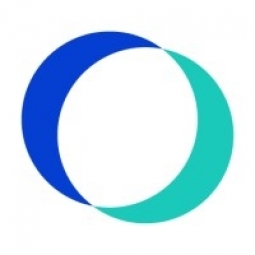技术
- 网络与连接 - NFC
- 平台即服务 (PaaS) - 应用开发平台
适用行业
- 电网
- 金融与保险
用例
- 库存管理
- 人员跟踪与监控
服务
- 系统集成
关于客户
Common Desk 是一家灵活工作空间提供商,由 Nick Clark 于 2012 年创立。该公司的使命是通过为所有人创造深思熟虑的时刻、人际关系和归属感来增强工作日体验。截至 2020 年,Common Desk 运营着 19 个地点,提供了强烈的社区意识。该团队致力于寻找创造性的方式来与有需要的人分享他们所拥有的东西。在采用 OfficeRnD 之前,Common Desk 使用定制开发的解决方案来管理其运营,事实证明这种解决方案效率低下且繁琐。
挑战
Common Desk 是一家灵活工作空间提供商,一直在努力开发定制开发的解决方案来管理计费、会议室预订和其他运营活动。缺乏内部开发团队、功能问题和复杂的发票流程阻碍了公司的发展。 COVID-19 大流行期间削减非必要成本的需要进一步加剧了这种情况。定制解决方案不方便用户使用,导致社区经理向高级员工频繁询问。此外,该软件并不可靠,通常需要开发人员的干预来解决问题。这分散了团队对核心职责的注意力。此外,该软件对于会员来说很不方便,他们只能查看发票而不能下载。他们还必须联系 Common Desk 团队来更改账单详细信息或检查付款状态。
解决方案
Common Desk采用了OfficeRnD管理平台,满足了他们的功能需求并降低了他们的技术开支。该平台帮助 Common Desk 简化了会议室管理、会员体验和合同等领域的运营。然而,最显着的好处在于计费。该平台实现了开票、收款、记账的无缝集成,让开票更加方便、快捷、高效。它还赋予了社区经理和其他工作人员权力,给予他们更多的自主权。此外,它还使会员可以更轻松地访问和支付发票。该平台还使修改发票变得更加容易,例如在应用折扣时。在 COVID-19 大流行期间,该平台帮助有效管理会员资格变化。 OfficeRnD、Stripe 和 Xero 之间的集成简化了计费流程。
运营影响
数量效益

Case Study missing?
Start adding your own!
Register with your work email and create a new case study profile for your business.
相关案例.
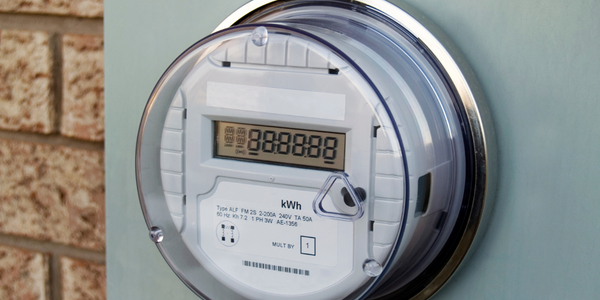
Case Study
Hydro One Leads the Way In Smart Meter Development
In 2010, Ontario’s energy board mandated that time-of-use (TOU) pricing for consumers be available for all consumers on a regulated price plan. To meet this requirement, Hydro One needed to quickly deploy a smart meter and intelligent communications network solution to meet the provincial government’s requirement at a low cost. The network needed to cover Hydro One’s expansive service territory, which has a land mass twice the size of Texas, and its customers live in a mix of urban, rural, and remote areas, some places only accessible by air, rail, boat or snowmobile. Most importantly, the network needed to enable future enterprise-wide business efficiencies, modernization of distribution infrastructure and enhanced customer service. To meet these needs, Hydro One conceptualized an end-to-end solution leveraging open standards and Internet Protocols (IP) at all communication levels. The utility drew upon industry leaders like Trilliant to realize this vision.

Case Study
Selling more with Whirlpool
Whirlpool wanted to add connectivity to appliances and transform the company's relationship with customers. Traditionally, Whirlpool interaction with customers was limited to purchases made once every ten years. Connected washer and dryers provide exciting new features like remote management of start times and inter-machine communication.

Case Study
Real-time In-vehicle Monitoring
The telematic solution provides this vital premium-adjusting information. The solution also helps detect and deter vehicle or trailer theft – as soon as a theft occurs, monitoring personnel can alert the appropriate authorities, providing an exact location.“With more and more insurance companies and major fleet operators interested in monitoring driver behaviour on the grounds of road safety, efficient logistics and costs, the market for this type of device and associated e-business services is growing rapidly within Italy and the rest of Europe,” says Franco.“The insurance companies are especially interested in the pay-per-use and pay-as-you-drive applications while other organisations employ the technology for road user charging.”“One million vehicles in Italy currently carry such devices and forecasts indicate that the European market will increase tenfold by 2014.However, for our technology to work effectively, we needed a highly reliable wireless data network to carry the information between the vehicles and monitoring stations.”
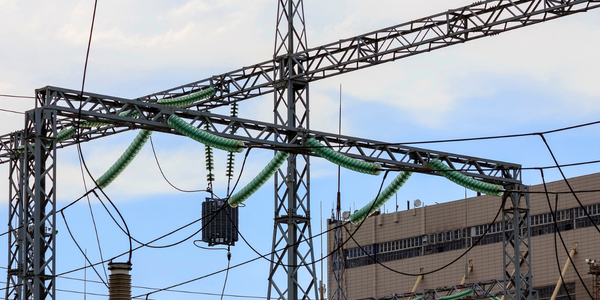
Case Study
SAS® Analytics for IoT: Smart Grid
Companies face falling revenues, rising infrastructure costs, and increasing risk of outages caused by inconsistent energy production from renewable sources. Less money is coming in as more people and organizations take steps to curb their energy use. Utilities are paying more to maintain and build infrastructure due to increasing complexity, resulting from the rising number of intermittent and variable renewable energy sources connected in the distribution grid.
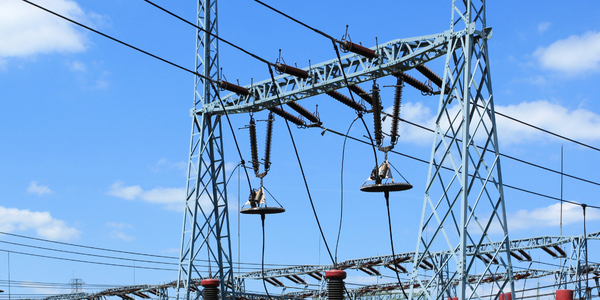
Case Study
Enel Secures Italian Power Generation Network
Electric energy operators around the world are working to increase the reliability and cyber resiliency of their systems. This includes Enel, a global power company that manages and monitors the Italian power grid. This grid:• Serves 31 million customers• Has a net installed energy capacity exceeding 31 gigawatts• Includes more than 500 power generation plants,including hydroelectric, thermoelectric, and wind• Is managed and monitored by Enel 24/7/365• Is operated by Terna, the Italian Transmission System Operator (TSO)Enel is responsible for the availability of the grid’s underlying ICS and industrial network. It also manages Regional Control Centers and Interconnection Centers which connect with the TSO. The TSO manages the flow of energy to the grid plus controls and remotely regulates the power generation of power plants, increasing and decreasing power production as required. The complex system of interaction and cooperation between Enel and the TSO has strong security implications as well as operational and business challenges.
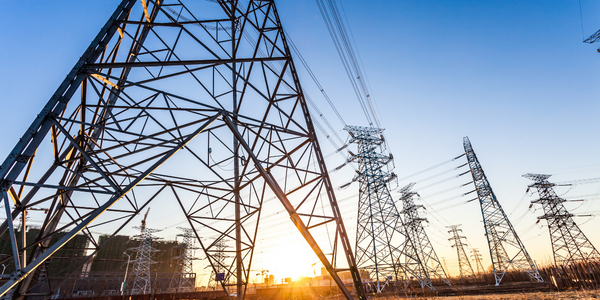
Case Study
IoT based Energy Quality Availability Monitoring Solution
There were several challenges faced:Since this data would be in the public domain, accuracy and authenticity of this data were of paramount importance. It should be able to withstand scrutiny.It is challenging to build an appliance that can withstand a wide range of voltage fluctuations from as low at 90v to as high as 320v. Since the device would be installed in remote locations, its resilience was of paramount importance.The device would have to deal with poor network coverage and have the ability to store and re-transmit data if networks were not available, which is often the case in rural India. The device could store up to 30 days of data.The platform that deals with the data should be readily available and highly reliable and never lose a packet of data.




